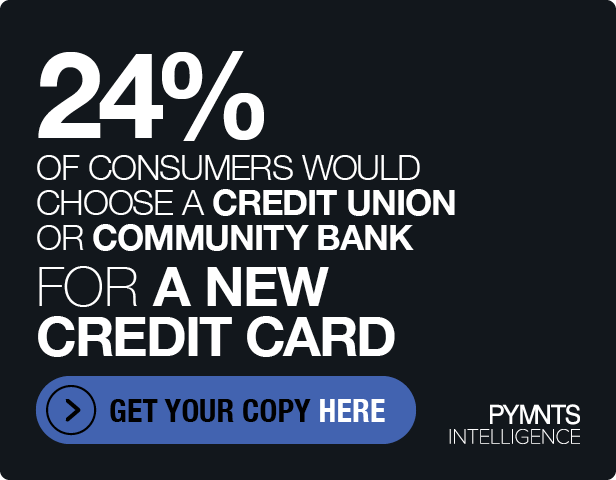GenAI Levels the Payments Tech Playing Field for Small Businesses
Artificial intelligence (AI) has been around for a while and has already made inroads in financial services, helping to automate back-office functions, and helping customers with millions of inquiries each year.
“But many of those traditional AI and machine learning tools were largely constrained to the teams that understood them and knew how to implement them,” Tim Christensen, senior vice president of product, digital, innovation and AI at Synchrony, told PYMNTS.
Christensen’s comments come as part of the latest edition of our “What’s Next in Payments” series, which focuses on the emergence and future of AI in banking, payments and commerce.
Generative AI, which is relatively new on the scene, has democratized artificial intelligence, and made it available for banks and businesses of all sizes and across all verticals, Christensen said.
“Everyone understands how it can be used and can imagine different ways it can change their job and their products,” he said.
Generative AI has been instrumental in introducing fundamentally new capabilities wherever it’s applied, he said, understanding context and making predictions.
Taking a Measured Approach
But in addition, he said, it introduces “non-deterministic technology, for the first time, into these businesses.” That means that asking the same question or tackling the same project might deliver 10 different choices or concepts. The flexibility and broad range of use cases for generative AI, he said, means that users and designers must treat the models’ construction and use differently.
“You can’t just build an experience with AI, put it in front of a customer, and slap a disclaimer on it that says, ‘AI results may be inaccurate’ and think that’s good enough,” said Christensen. For companies such as Synchrony, a judicious approach to risk management and considering new use cases thoroughly is critical.
Looking ahead and asked by PYMNTS about how the regulatory landscape must evolve, Christensen said that while many financial institutions are already using chatbots, “going even further … with cardholder data, customer data or going deeper into a person’s financial products gets a lot riskier.”
There will be regulatory frameworks developed over time. Synchrony’s internal AI governance team has been elevated to have even more oversight around the company’s AI efforts through the past few months.
In the meantime, he said, in looking out across the banking industry and financial services in general, generative AI can improve coding in the back office, generating content that equips agents as they interact with customers — all the while still maintaining the importance of the “human in the loop” that helps everything run more smoothly as compliance, regulatory, innovative and technological efforts converge.
With a nod to the scale of Synchrony’s organization, said Christensen, “if we can make thousands of engineers a bit more efficient, well, that has a great return on investment.”
On the consumer-facing side of the equation, said Christensen, Synchrony has been experimenting with ways to harness AI to improve commerce, and the ways in which clients search and discover (and check out) with the products and services that they need among the bank’s thousands of merchant partners.
“The shopping journey is constantly evolving as technology evolves,” Christensen said. Elsewhere, the company, with trillions of data points tied to its consumers on hand, “can experiment with and change the experiences in ways that are positive for the customers and are delightful from a commerce perspective.” Generative AI, he said, can help “connect the dots” and “fill in the blanks” as consumers shop.
And in the months and years ahead, said Christensen, “this technology will be transformative. It will change experiences for customers and for employees — it’s not often that technology comes around that changes, fundamentally, how we do everything.”
For all PYMNTS AI coverage, subscribe to the daily AI Newsletter.

